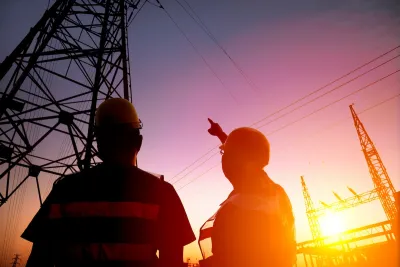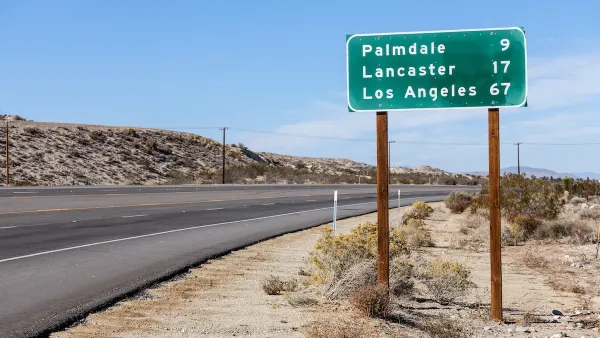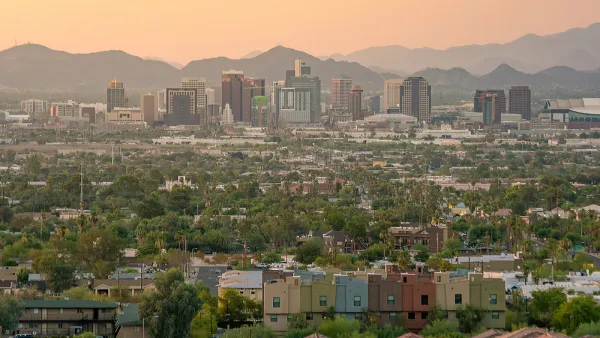Governments are mobilizing resources to address the impacts of longer and more intense heat waves on public health and infrastructure.

In a piece for Pew Trusts, Kristiane Huber outlines state and federal efforts to prepare for extreme heat and protect residents from its most severe impacts.
As Huber points out, “The problem is likely to get worse, as the National Oceanic and Atmospheric Administration (NOAA) predicts there is a 55% chance that 2024 will be hotter than 2023—the hottest year since global records began in 1850.”
At the state level, New Jersey, New York, North Carolina, Arizona, and others have issued action plans and toolkits to guide local governments and explore mitigation strategies. Some cities have also created offices dedicated to heat mitigation.
For its part, the federal government launched the heat.gov website, which offers resources and tools for communities, and “The U.S. Centers for Disease Control and Prevention (CDC) released a new Heat and Health Index, a national tool intended to identify the places most likely to experience negative heat-related health impacts and to help communities prepare for a hotter future.”
Huber concludes, “The concerted effort across federal and state governments to raise awareness, develop strategies, and invest in near- and long-term solutions in response to extreme heat represents a significant step in preparing communities and ecosystems for the perils of a warmer climate.” However, more resources are needed to ensure these efforts reach the communities most at risk.
FULL STORY: The Era of Extreme Heat Is Here: Federal and State Governments Roll Out Strategies to Cope

National Parks Layoffs Will Cause Communities to Lose Billions
Thousands of essential park workers were laid off this week, just before the busy spring break season.

Retro-silient?: America’s First “Eco-burb,” The Woodlands Turns 50
A master-planned community north of Houston offers lessons on green infrastructure and resilient design, but falls short of its founder’s lofty affordability and walkability goals.

Delivering for America Plan Will Downgrade Mail Service in at Least 49.5 Percent of Zip Codes
Republican and Democrat lawmakers criticize the plan for its disproportionate negative impact on rural communities.

Test News Post 1
This is a summary

Test News Headline 46
Test for the image on the front page.

Balancing Bombs and Butterflies: How the National Guard Protects a Rare Species
The National Guard at Fort Indiantown Gap uses GIS technology and land management strategies to balance military training with conservation efforts, ensuring the survival of the rare eastern regal fritillary butterfly.
Urban Design for Planners 1: Software Tools
This six-course series explores essential urban design concepts using open source software and equips planners with the tools they need to participate fully in the urban design process.
Planning for Universal Design
Learn the tools for implementing Universal Design in planning regulations.
EMC Planning Group, Inc.
Planetizen
Planetizen
Mpact (formerly Rail~Volution)
Great Falls Development Authority, Inc.
HUDs Office of Policy Development and Research
NYU Wagner Graduate School of Public Service





























